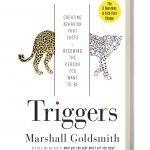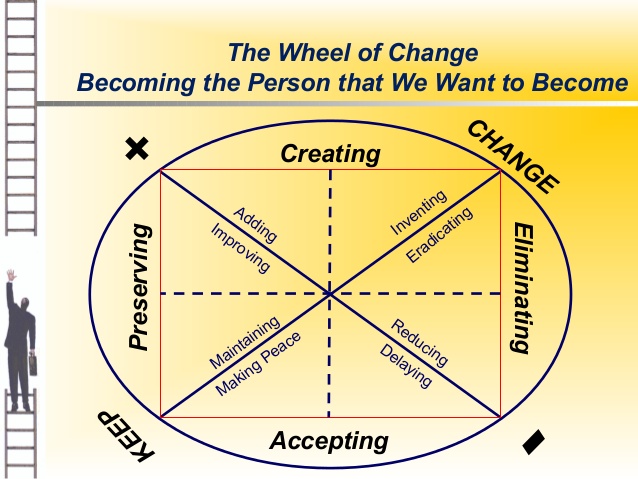“Triggers” is the name of this book, which goal is:
- Enable you to create behavior that lasts.
- Help you to be the person you want to be.
I was reluctant
when I started to read this book, thinking about what it could offer to me.
Marshall Goldsmith does a direct clear introduction about what the book is about and it convinced to me about the idea.
I like the way he express the ideas, the stories and the tone of the book is very pleasant; somtimes you have the feeling he is coaching you while you are reading it and this interaction is funny too.
What I put in practice
There are several aspects about triggers that are described in the book. I have put some of them in practice:
1. Identification of triggers:
This analysis is very interesting to understand how they happen, how they evolve, and the consequence they produce. Once you have listed the triggers it’s interesting to put on the proposed diagram. The division of the trigger in: event, behavior, consequence; is also an important topic to understand how it works and what you have to change: the behavior.
2. Remove negative things from the environment:
The importance of the environment is something I was understimating. Now just with the analysis of it, and the identification how it influence on me, I pay more attention to this aspect.
3. Save time adding time:
I just added a table on a paper with things I should eliminate and how much time it takes per week. I have been able to earn 12 hours easily for activities that matters to me.
4. “21 days challenge”
As an exercise to promote the addition of good habits in my day to day. I plan to do a couple of these per cycle, increasing the complexity and attending the more important habits I want to incorporate.
5. Daily engaging questions:
I have started to do it, and it’s linked to the previous point of the 21 days. It turns the desire in habits and let me evaluate the situation.
6- The wheel of change:
I have done a list of things, then I have given them an unique number (basically the same list of identified triggers). Finally I have drawn the wheel.
I have added each point:
- in the place I think it’s today,
- and with an arrow, to the direction I want it to go. This is helping me to evaluate where I am and where I would like to be.
7. “1 hour questions check”:
This is useful to distress special situation where you know you can easily fall in the wrong behavior.
- Did I do my best to be happy?
- Did I do my best to find meaning?
- Did I do my best to build positive relationships?
- Did I do my best to be fully engaged?
8. List of depleting activities:
You do the list and then you define a strategy once you are in front of them: delegate, avoid, postpone, just do it… When you have to do then, change your attitude lowering the depleting impact.
9. Good enough attitude:
Avoid the conformist attitude in your personal live.
Be a professional, not an amateur.
 Providing structure and timing
Providing structure and timing
You will find a lot of tips as: do “this” 21 days and you will solve “that”, and some other tips without context. I collect these tips an I quickly relize they are not realistic, they make no sense on the context of the rest of my life, so they are useless without context.
The difference on “Triggers” book is that Marshall provides us 2 important things:
- Structure to work on each things you want to change.
- Specific activities and exercises with different timings:
- 1 hour question check.
- Daily questions.
- 21 days challenge.
So, if we plan different priorities, start adding them in the loop of changes, puting them in the right timing and driving the things in the right direction; then and only then we can really promote change in the way we behave.